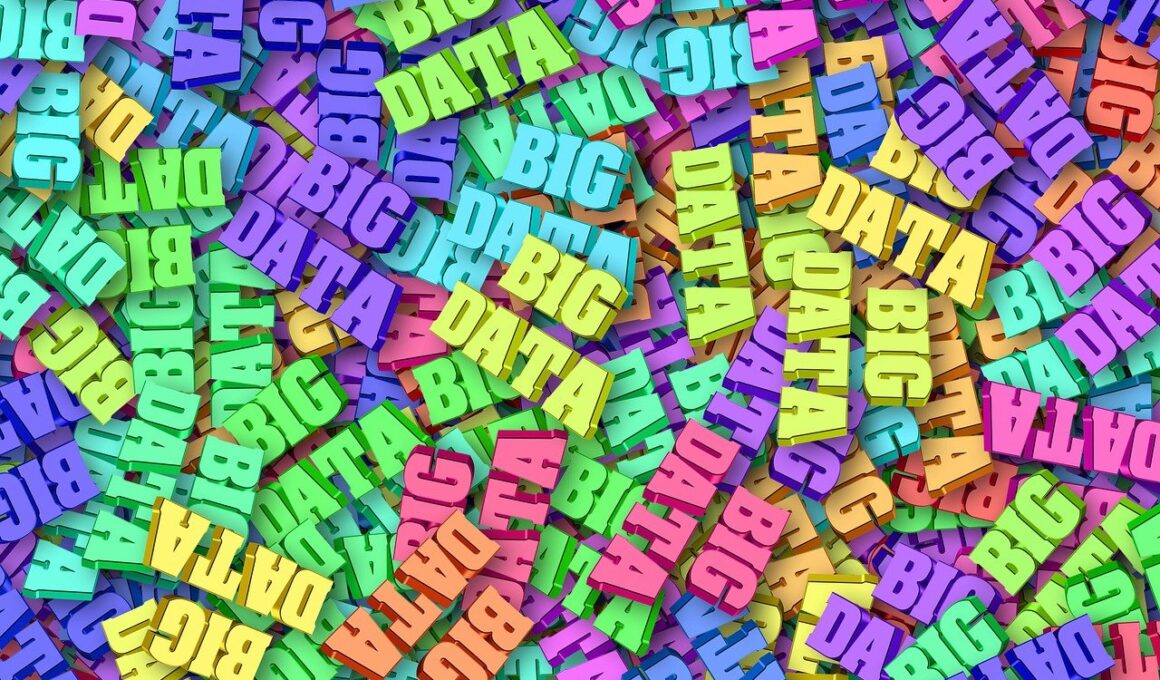The Importance of Real-Time Analytics in Community Management
Real-time analytics is a fundamental aspect of effective community management. It allows community managers to access data and insights immediately, facilitating timely decision-making. By employing real-time analytics, managers can monitor community engagement, feedback, and trends as they occur. This proactive approach enables managers to identify issues and address them swiftly, fostering a positive environment. Moreover, real-time analytics helps in understanding the different dynamics within a community, thereby enhancing the strategies to engage members. Community managers can utilize various tools for real-time analytics to gather data. These tools can provide metrics on user activity, sentiment analysis, and participation rates, offering a deeper understanding of community health. One popular method for gathering real-time feedback is through surveys or polls conducted across platforms. With insights from these analytics, community managers can tailor their approaches to better meet the needs of their members. Overall, investing in real-time analytics is crucial for the growth and sustainability of any community, ensuring every voice is heard and valued effectively.
One significant advantage of real-time analytics is the ability to track community sentiment dynamically. This means community managers can assess how members feel about certain topics or events instantly. Utilizing tools such as sentiment analysis software can help in this regard, allowing for quick evaluation of conversations and discussions. By monitoring social platforms, discussion boards, and feedback from users, managers can gauge member satisfaction and engagement levels. If negative sentiment is detected, corrective measures can be implemented before the issue escalates further. Rapid identification of unaddressed concerns can transform a potential crisis into an opportunity for improvement. Furthermore, organizations can analyze the phrases or themes around negative feedback to uncover underlying issues. This enables community managers to have a nuanced understanding of their community’s pulse. Community sentiment can also be visually represented using dashboards, illustrating trends and changes at a glance. Ultimately, staying informed about member emotions is vital, leading to improved member retention and loyalty. Therefore, real-time analytics serves as a critical tool in navigating community management challenges effectively.
Improving Engagement through Tailored Strategies
Real-time analytics can drive tailored strategies that enhance community engagement significantly. Managers can quickly respond to emerging interest areas or topics resonating well with community members. By identifying these trends as they happen, they can curate content and activities that align specifically with community preferences. For instance, if analytics reveal a surge in discussions around a particular subject, managers can initiate a themed discussion or invite experts to share insights. Moreover, understanding peak activity times allows for optimizing post timings to maximize visibility and interaction. This strategic engagement ensures that community members feel valued and heard, fostering a deeper connection with the community. Furthermore, data on participation rates in previous events can inform future planning, ensuring that similar events are either scaled or adjusted based on what worked best. Implementing these tailored strategies results in a more vibrant community where members are excited to participate. Ultimately, real-time analytics does not merely track trends but actively shapes community experiences that cater to member needs and desires.
Contemporary communities can greatly benefit from agility through real-time analytics. This aspect allows teams to pivot their strategies as community needs evolve. Traditional analytics often lag, offering insights that may no longer reflect current community dynamics. Real-time capabilities ensure that community managers remain relevant by adapting to ongoing conversations and shifts in member interests. This flexibility is particularly crucial in fast-paced environments where issues may arise suddenly. For example, if a potential crisis appears, rapid monitoring can help managers identify the source and address it effectively. Additionally, adaptive strategies based on real-time data can improve overall community satisfaction and productivity. Real-time analytics also fosters a culture of responsiveness among community managers. Acknowledging member feedback instantaneously encourages ongoing interaction and creates a sense of accountability. As communities continue to develop, this responsiveness becomes a cornerstone of healthy engagement. Thus, employing real-time analytics is paramount for communities aiming to stay agile and responsive to their evolving membership, enhancing both member experience and retention.
Data-Driven Decisions Enhance Community Management
Leveraging real-time analytics leads to data-driven decisions that optimize community management. By utilizing various analytics platforms, managers can collect precise data that offers insights into user behavior, preferences, and engagement metrics. This evidence-based approach reduces reliance on assumptions or outdated information, ensuring that decisions reflect the current state of the community effectively. With access to detailed metrics, community leaders can strategically allocate resources, craft content strategies, and set targets based on actual performance indicators. For instance, understanding when members are most active online can tailor communication schedules to match peak engagement times. Additionally, community managers can assess what types of content generate the most interaction and replicate successful formats. This data not only guides current actions but also shapes long-term community development strategies by clarifying trends over time. Embracing data-driven decisions fosters accountability, making it easier to measure the effectiveness of initiatives. As a result, communities can grow organically, driven by informed insights that enhance participation and connection among members. Ultimately, effective community management hinges on embracing the power of data.
The ability to visualize data through real-time dashboards also enhances community management effectiveness. Visual representations of data offer immediate insights into key performance indicators, making it easier for managers to understand complex information rapidly. For example, charts and graphs indicating user participation levels can highlight successes or areas for improvement at a glance. This accessibility empowers community managers, enabling them to derive conclusions without sifting through extensive reports. Additionally, visualization tools often offer customizable features, allowing managers to focus on metrics that matter most to their community goals. By embracing visual data presentation, managers can communicate findings more effectively with stakeholders. This clarity ensures that everyone involved is on the same page regarding community health. Furthermore, training team members in interpreting dashboard metrics fosters a collaborative environment where everyone contributes to success. Overall, employing real-time visualizations transforms how community managers see their data. It not only creates meaningful insights but also enhances strategic thinking and planning. By making data easily digestible, community management can evolve significantly.
Future Trends in Real-Time Community Analytics
The future of real-time community analytics promises innovations that will reshape community management. Emerging technologies will enhance data collection, allowing managers to benefit from richer and more accurate datasets. For instance, machine learning can analyze user interactions at an unprecedented scale, identifying patterns that inform decision-making. Additionally, predictive analytics could provide foresight into community trends, empowering managers to act proactively. As communities become more diverse, understanding various member demographics will become crucial. Enhanced segmentation capabilities will help managers craft personalized experiences that resonate deeply. Moreover, integrating artificial intelligence into community platforms can streamline real-time engagement, automating responses to common queries while providing personalized suggestions. This increased efficiency will free managers to focus on strategic initiatives. Furthermore, real-time community analytics will increasingly intersect with larger organizational goals, aligning community success metrics with business outcomes. By leveraging these advancements, community managers can cultivate vibrant environments that directly contribute to overall missions. Thus, the integration of future technologies establishes real-time analytics as an indelible asset for thriving communities.
In conclusion, real-time analytics stands at the forefront of modern community management. It equips managers with the necessary insights to navigate complexities, engage effectively, and adapt responsively. As communities grow and evolve, integrating these analytical approaches is not merely advantageous; it is essential for success. Community leaders must invest in robust real-time analytics tools and strategies that align with their goals. By prioritizing data-driven decision-making, organizations can foster healthy, flourishing communities that empower and engage their members. Through ongoing measurement and adaptation, community managers can maintain a finger on the pulse of their communities, ensuring that every member feels valued. Ultimately, real-time analytics is more than a tool; it is a vital partner in community management, paving the way for more sustainable and impactful community experiences. As we look toward the future, embracing these analytics will define successful community management strategies, enhancing connections among members and boosting overall satisfaction. The importance of real-time analytics cannot be overstated; it is the key to building responsive, thriving communities that stand the test of time.


